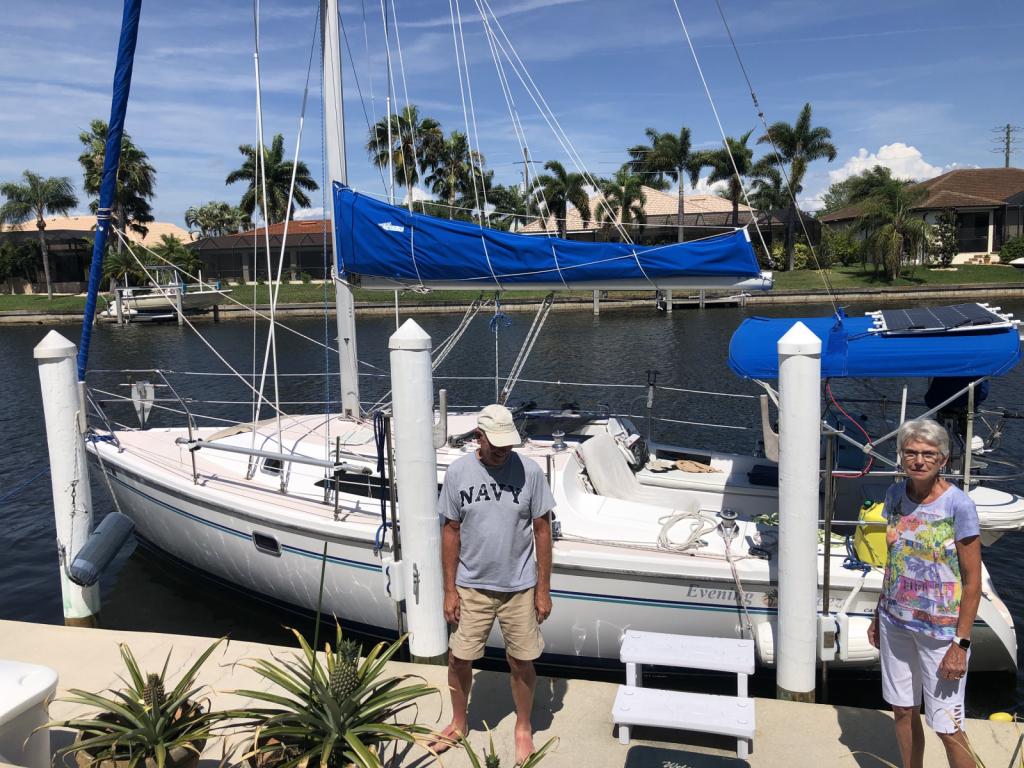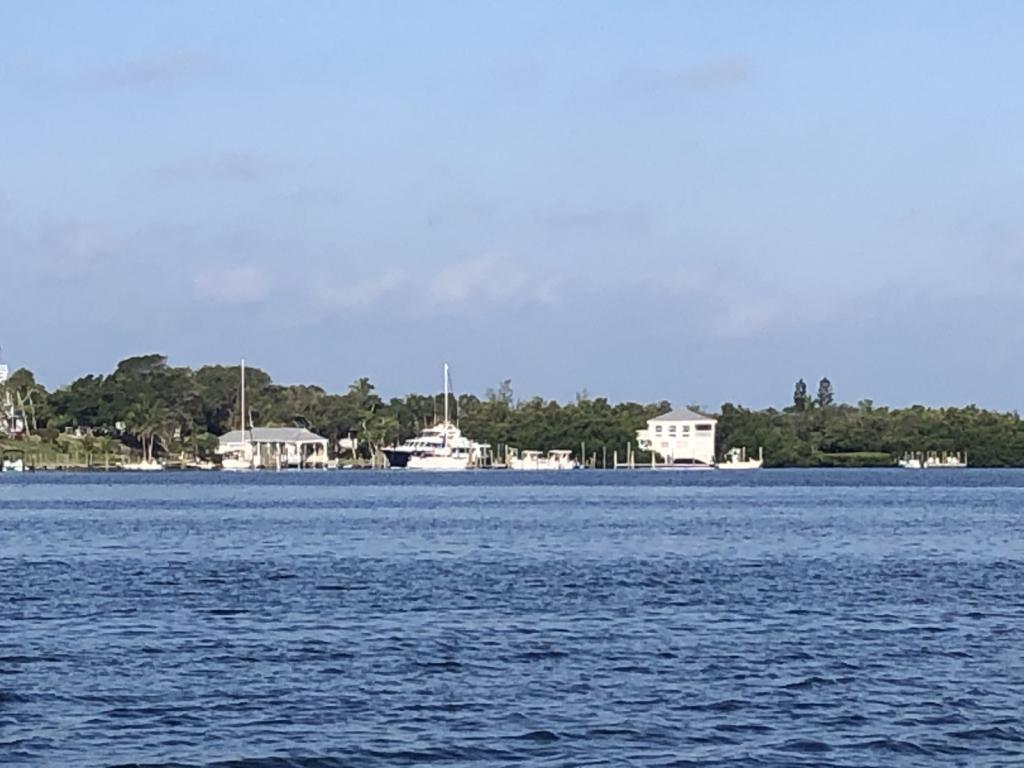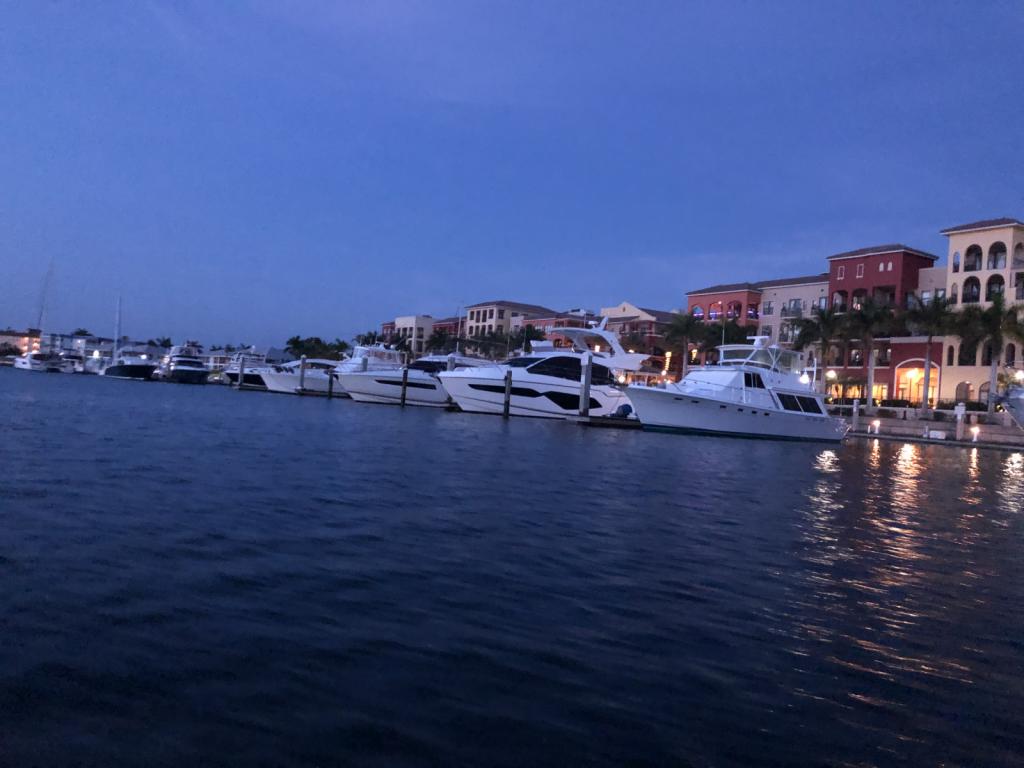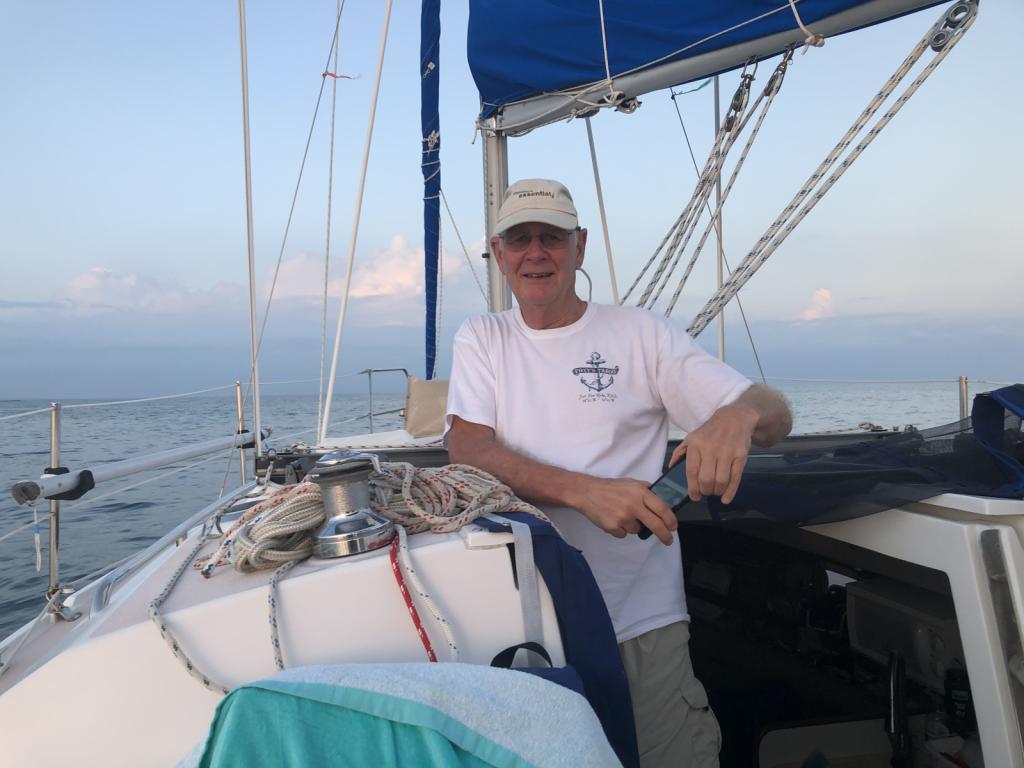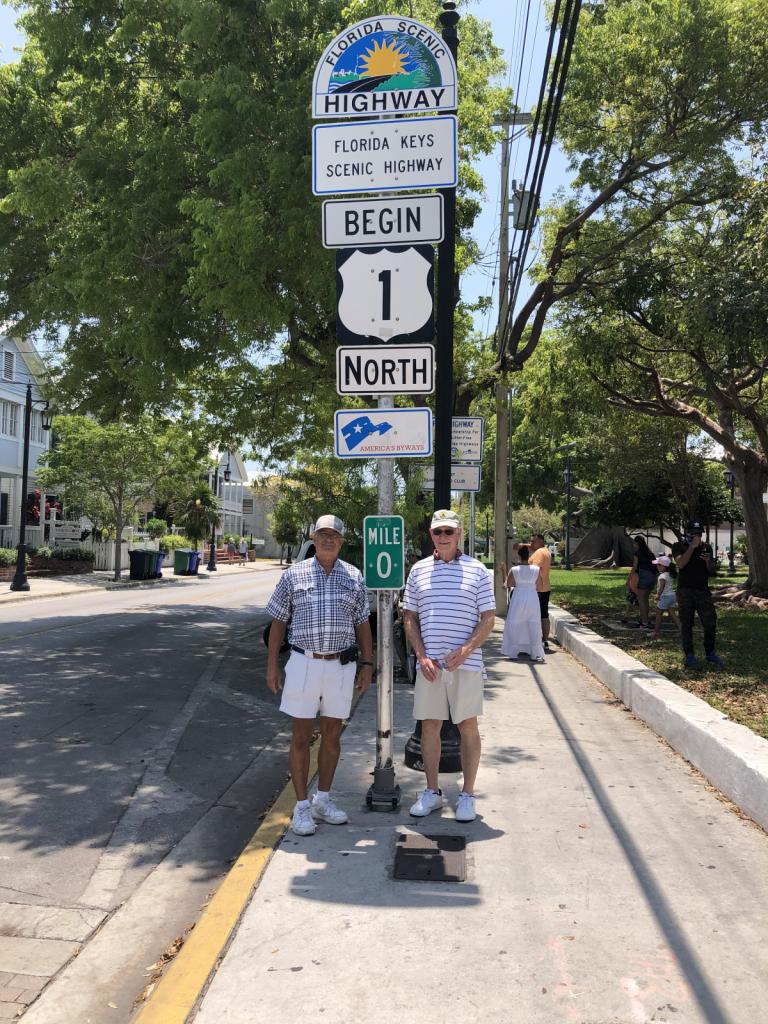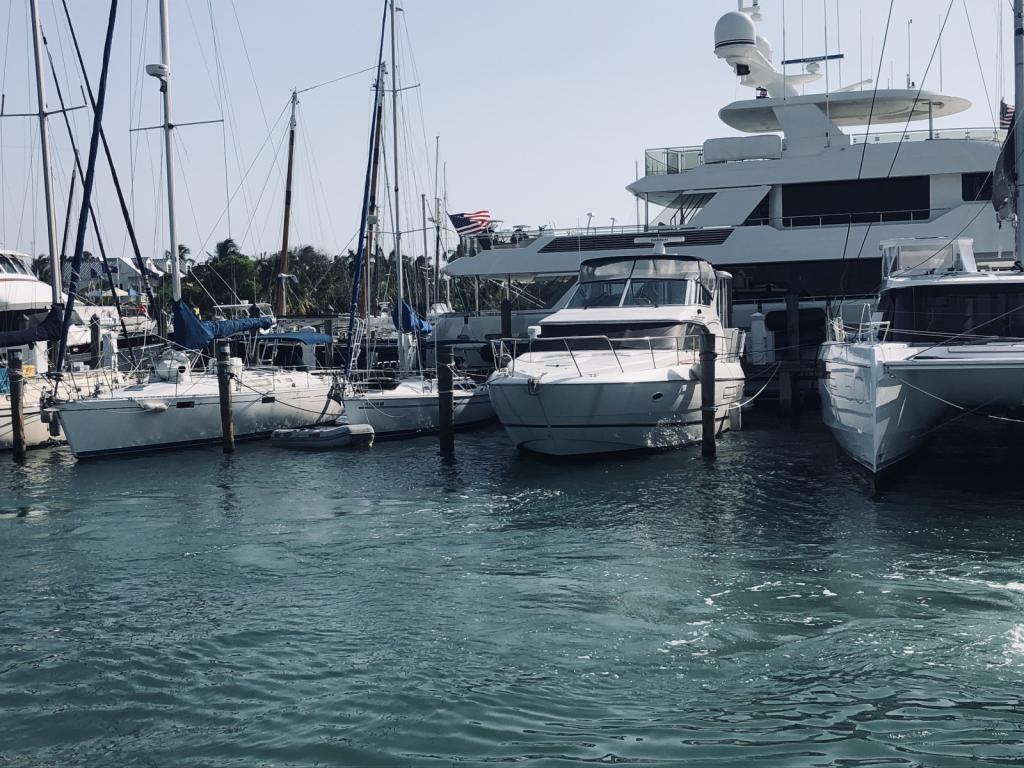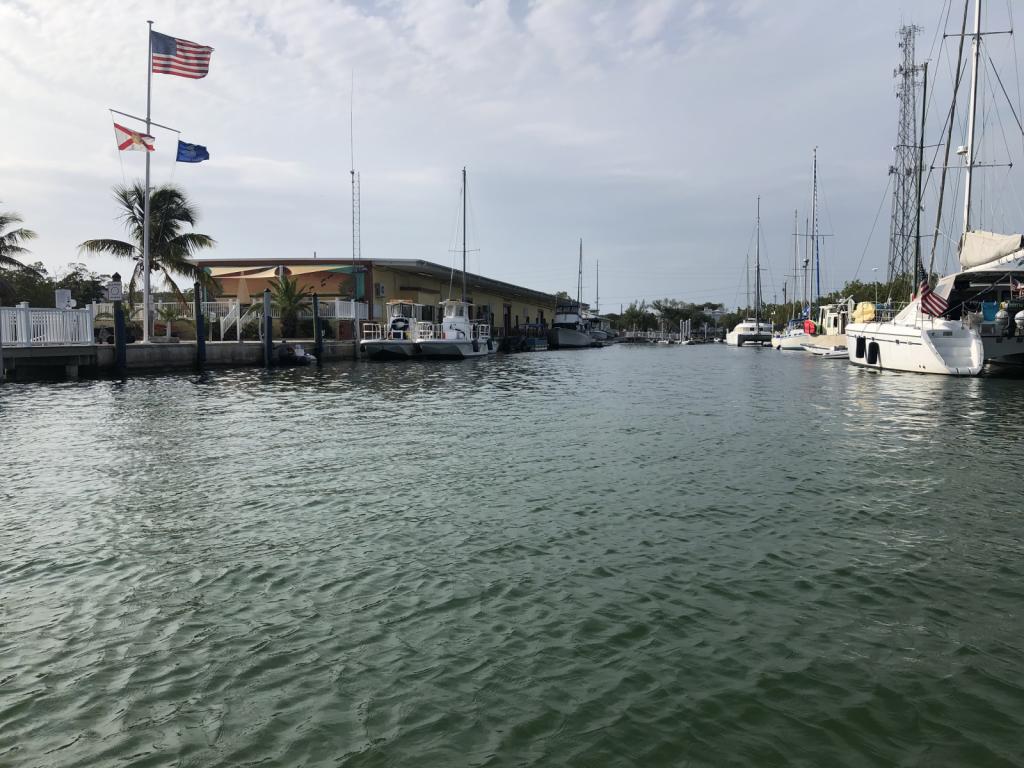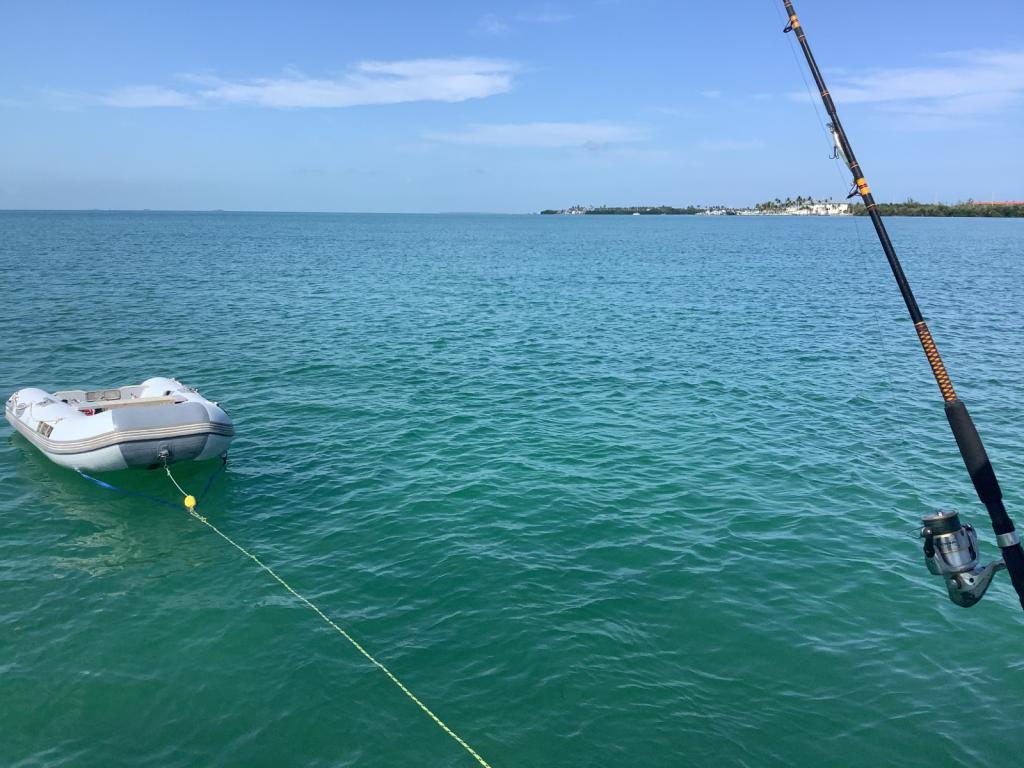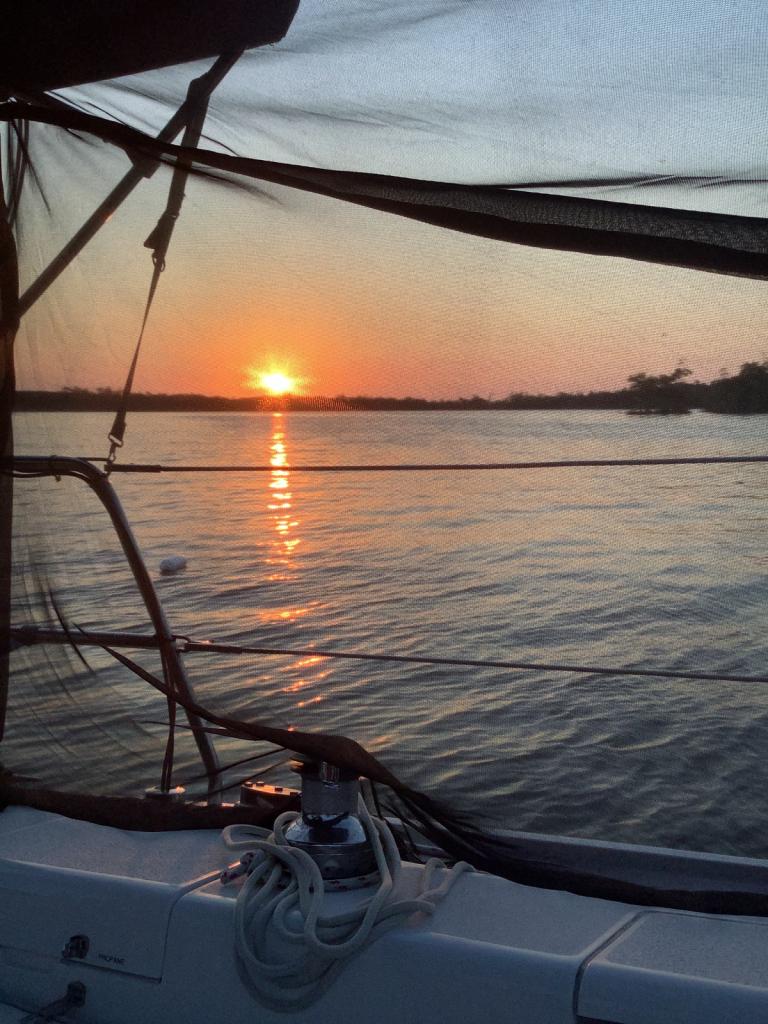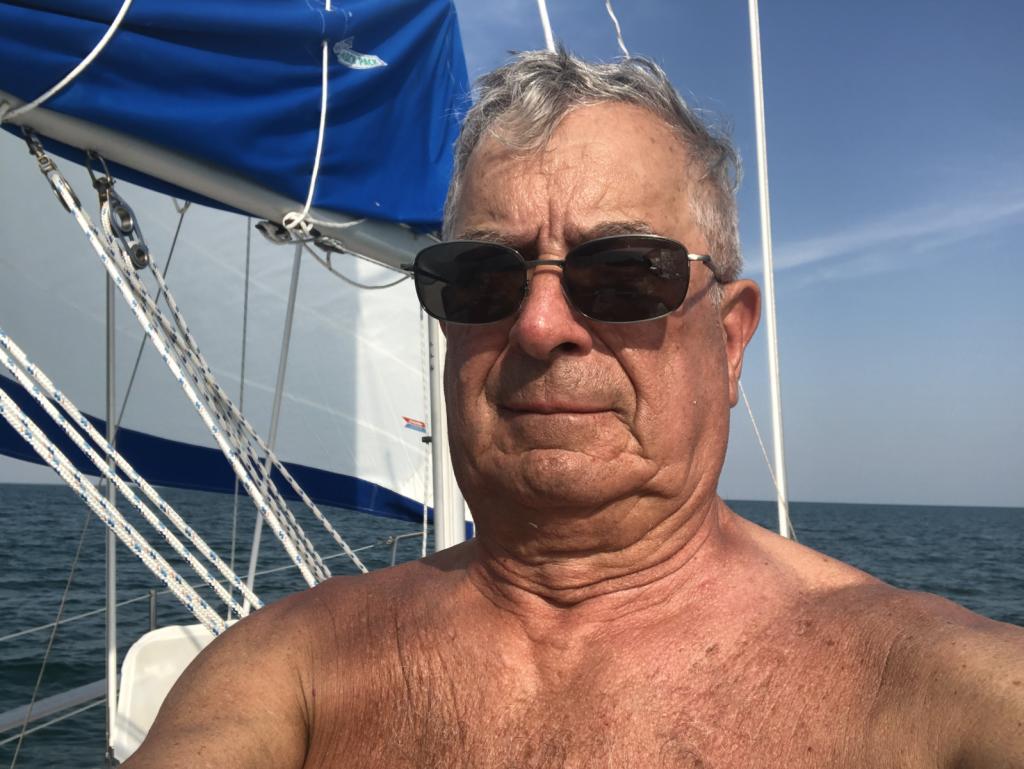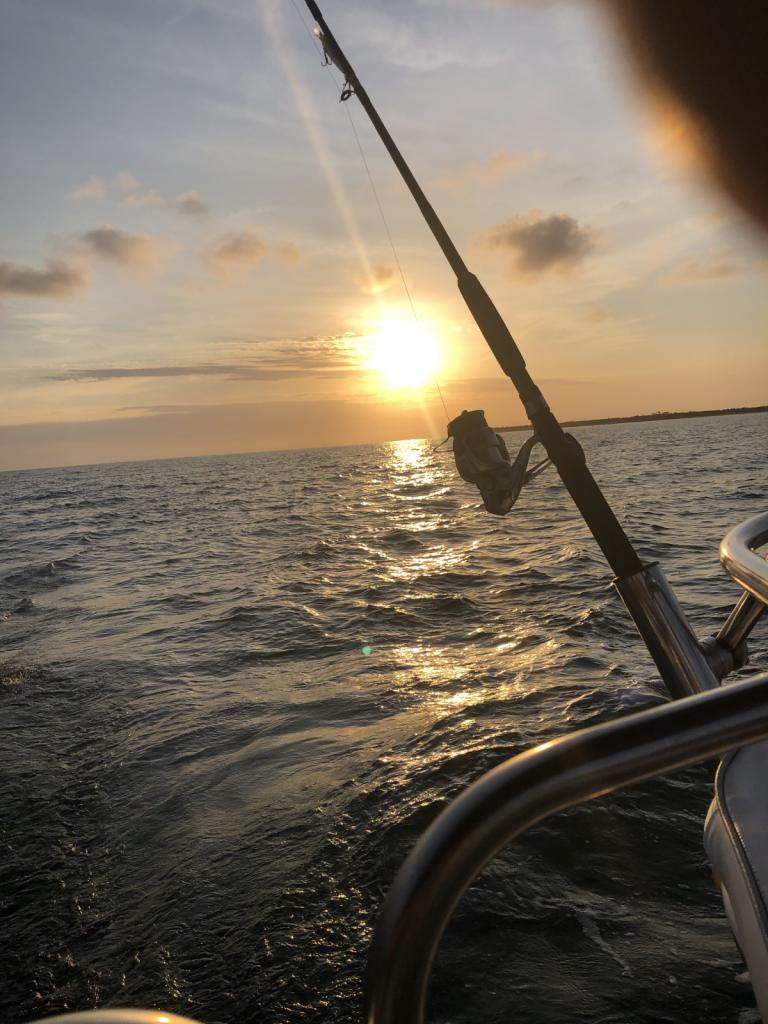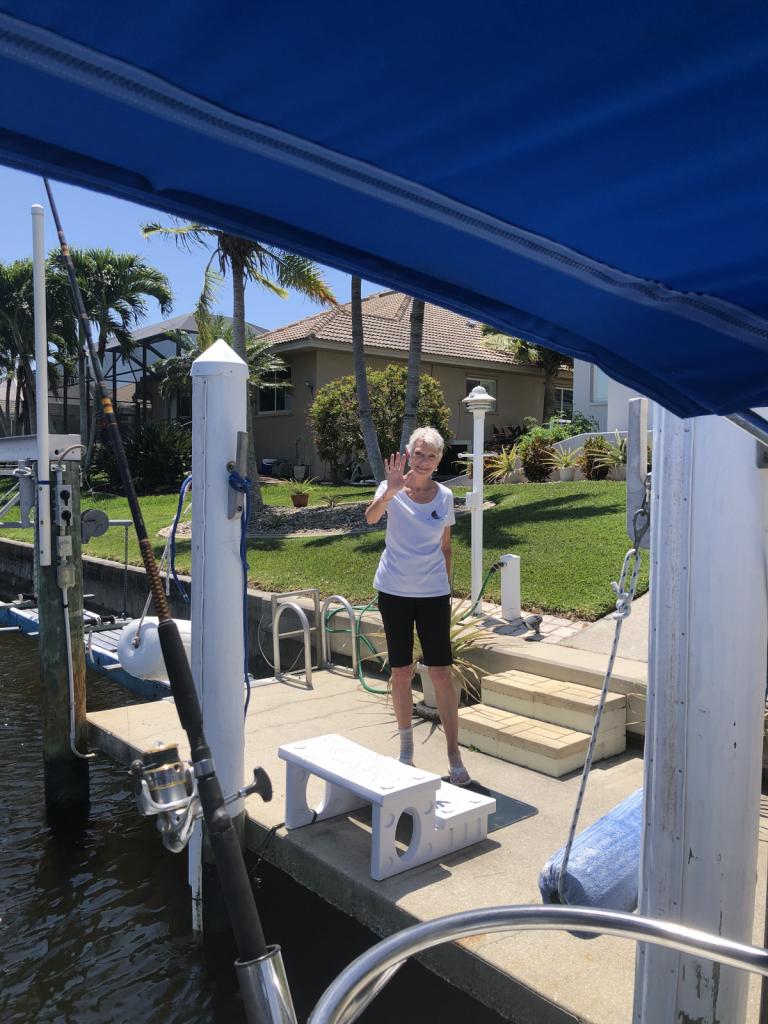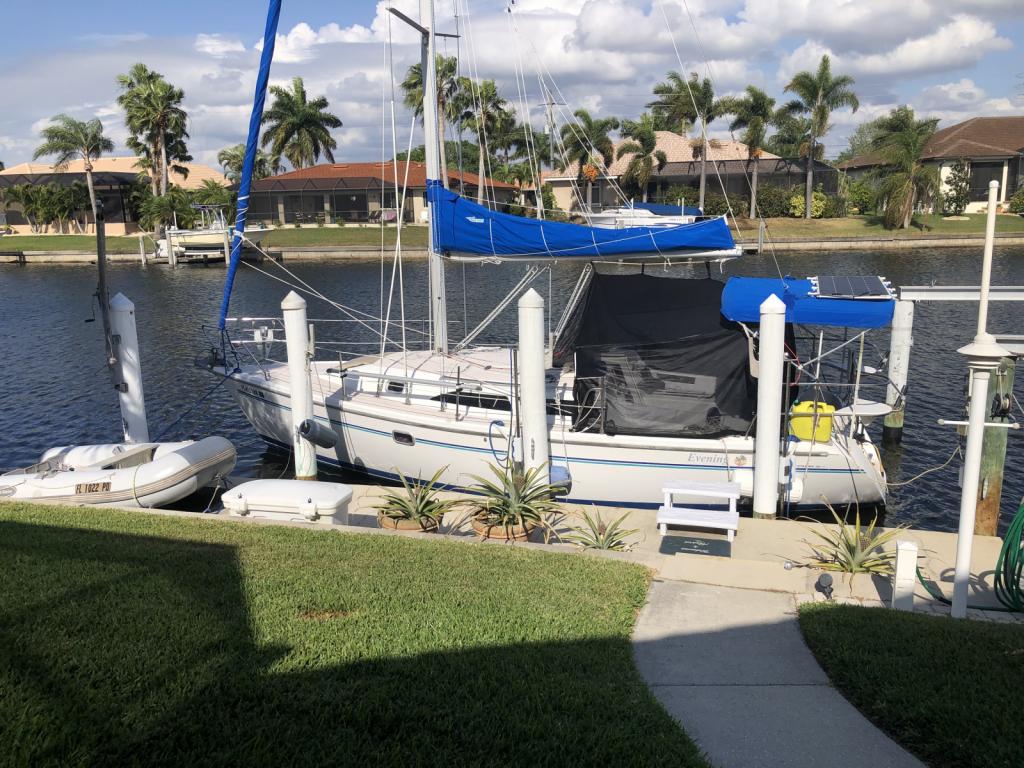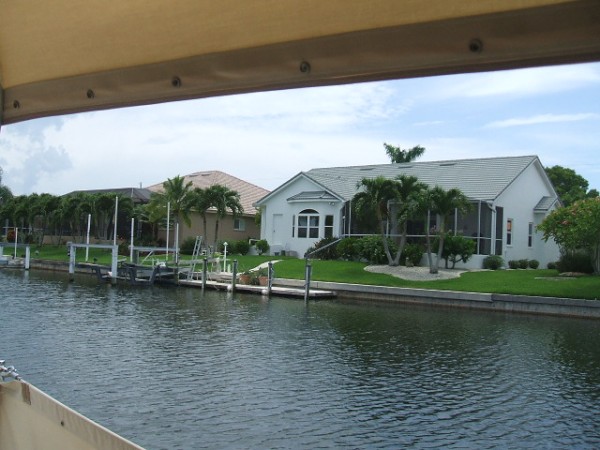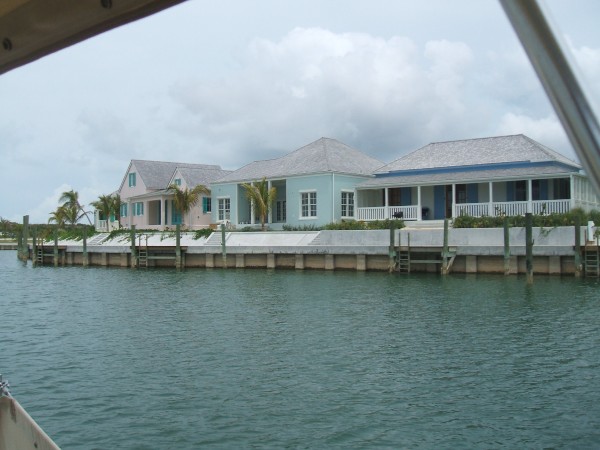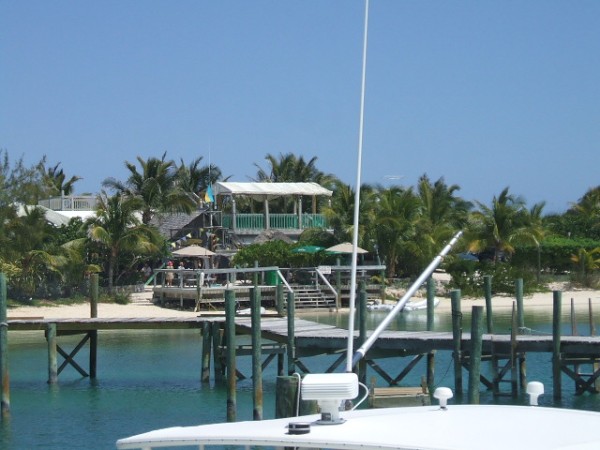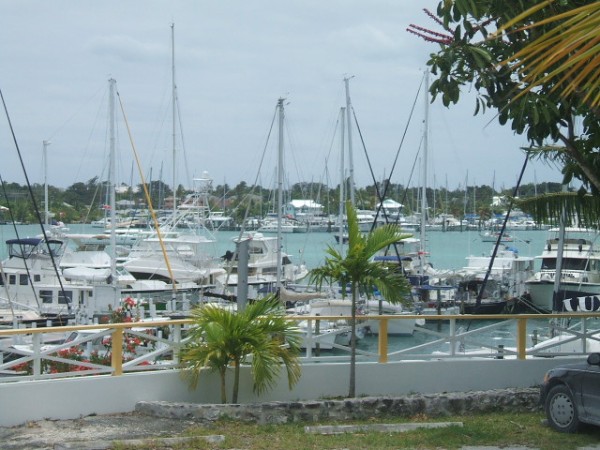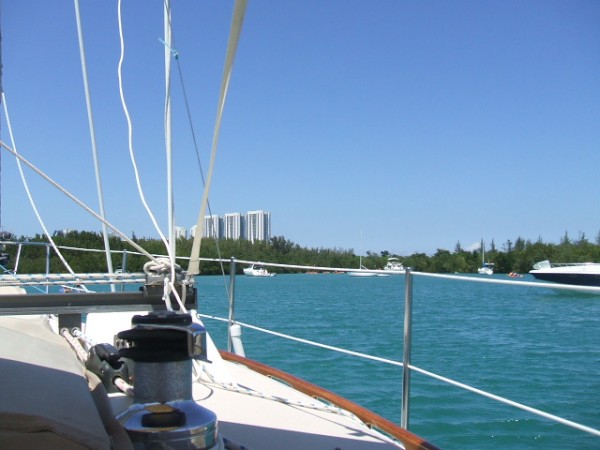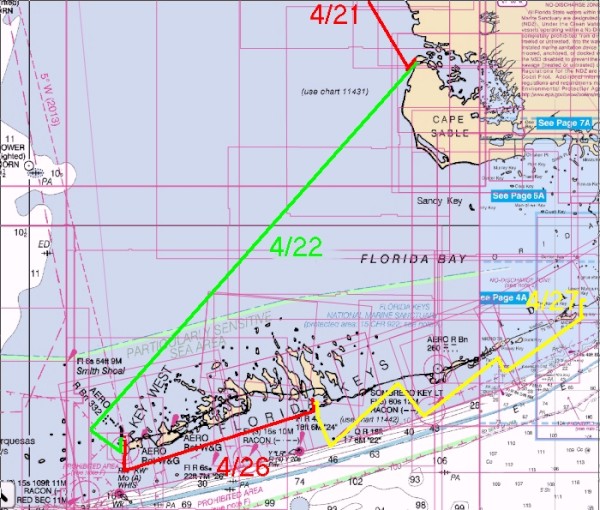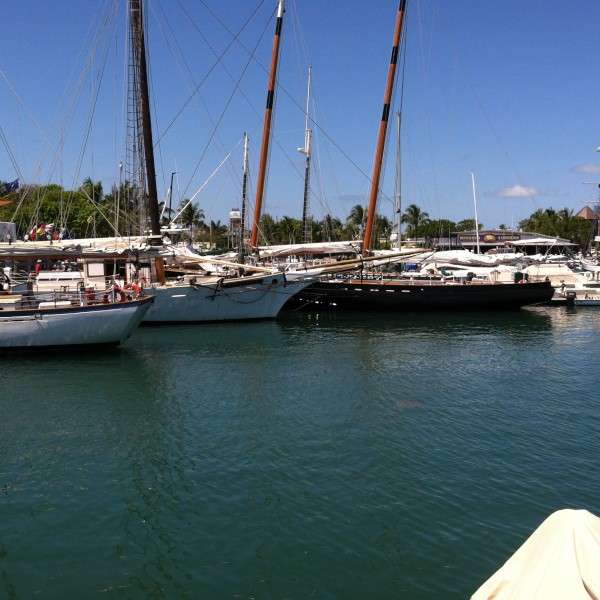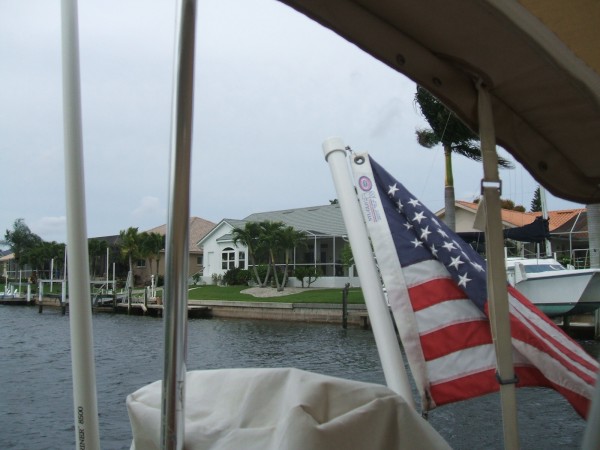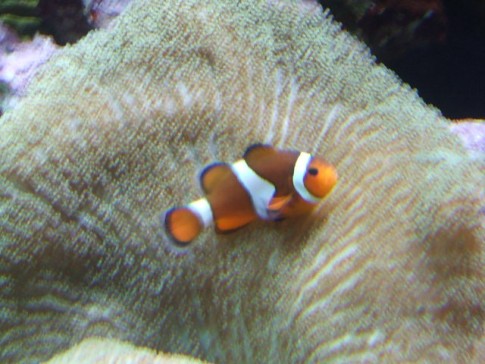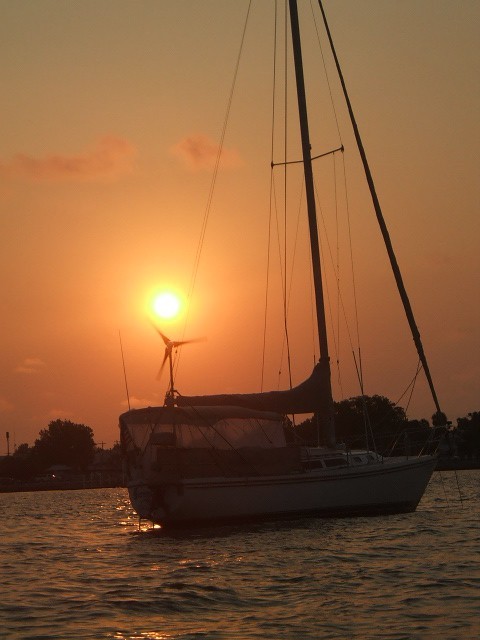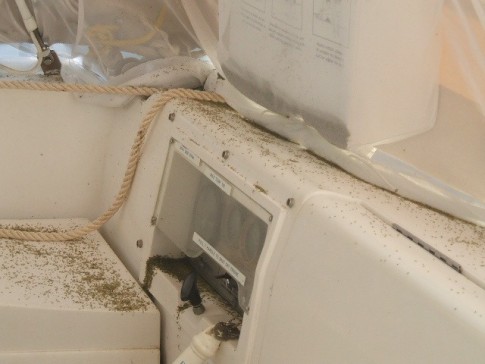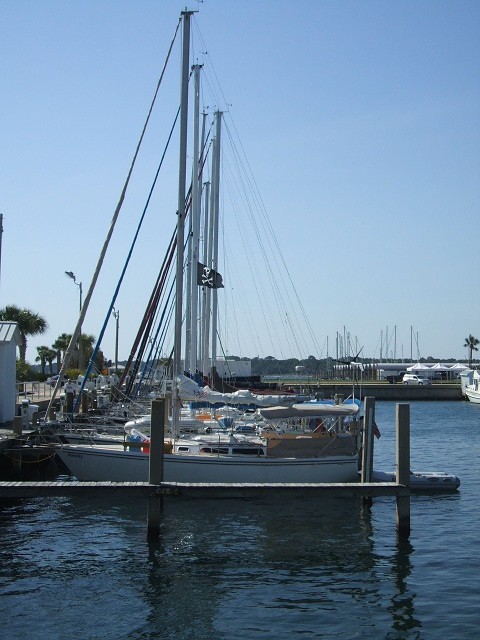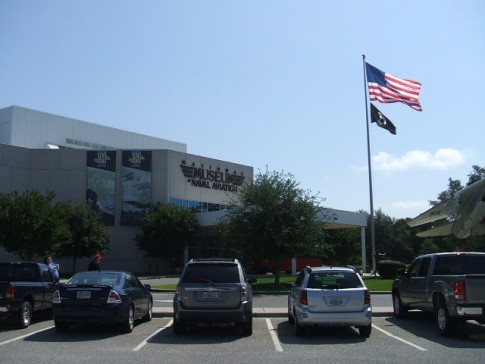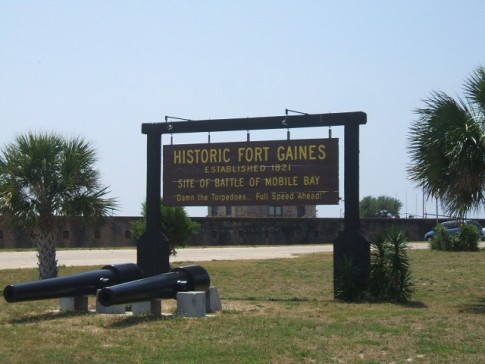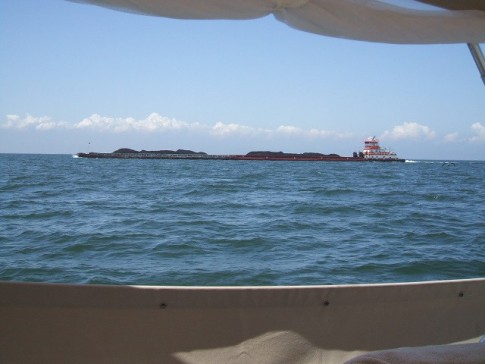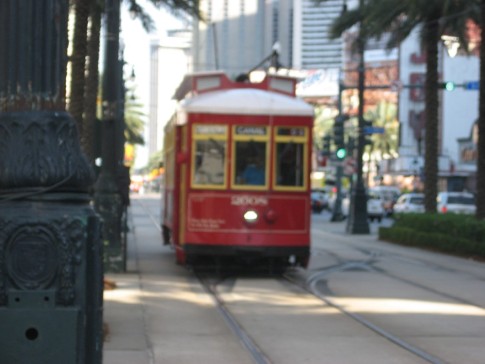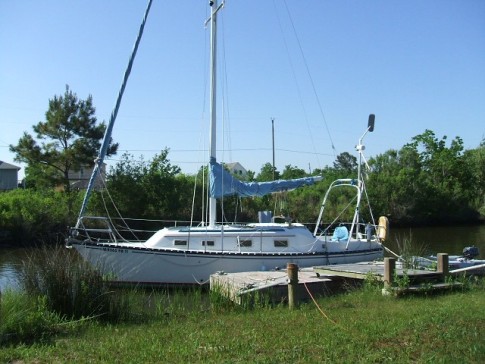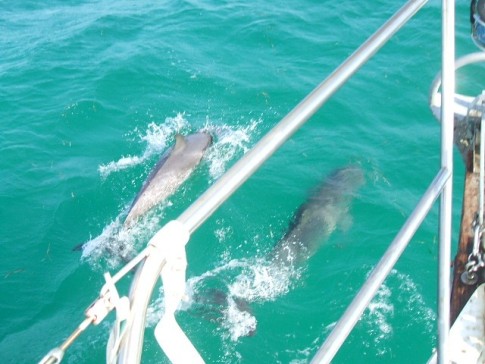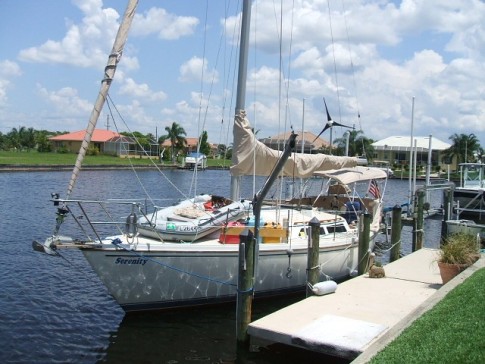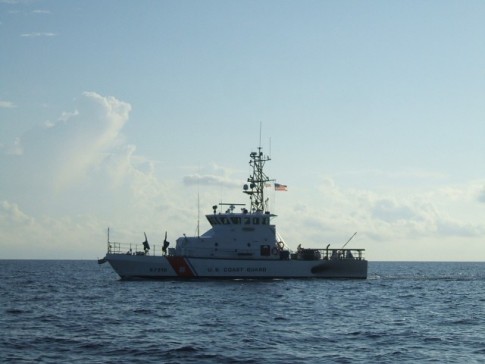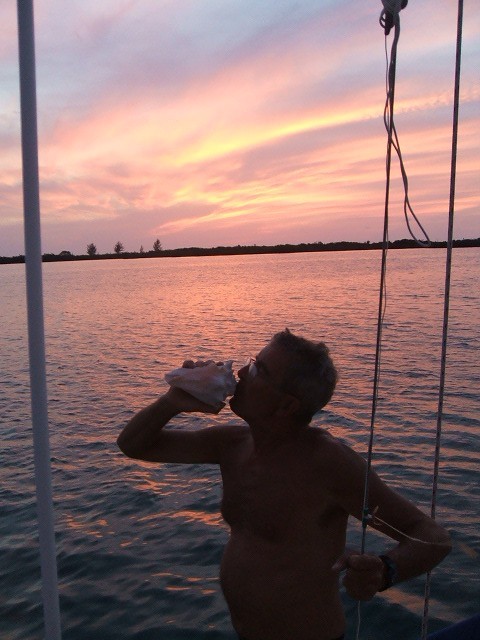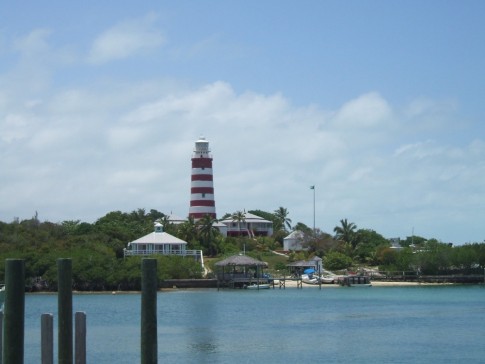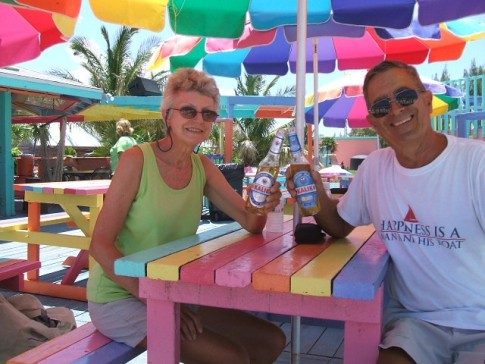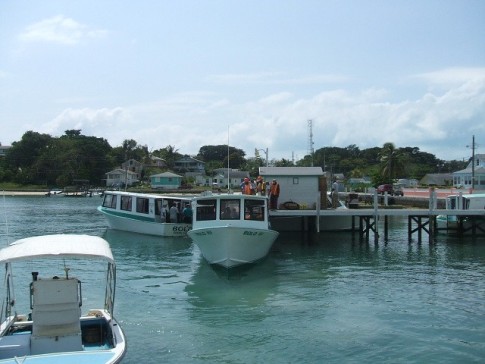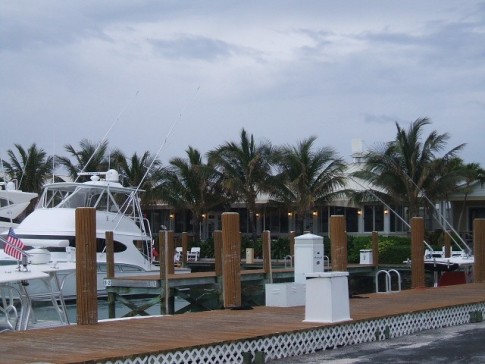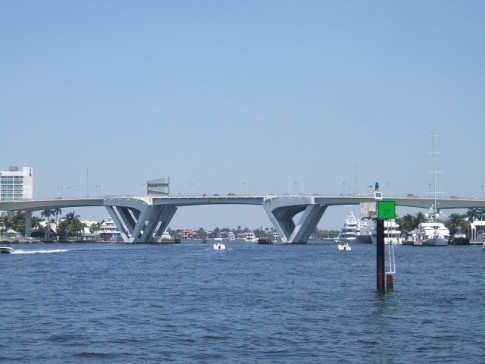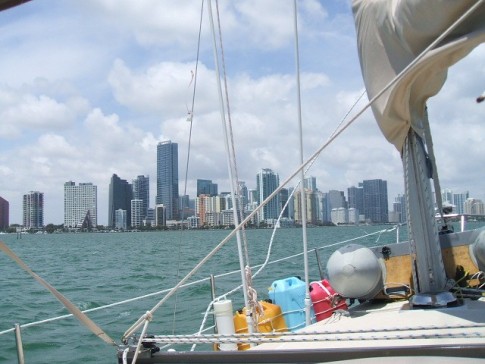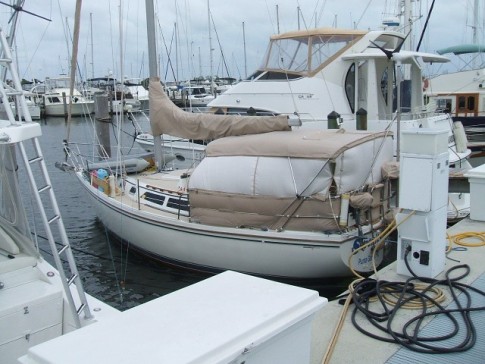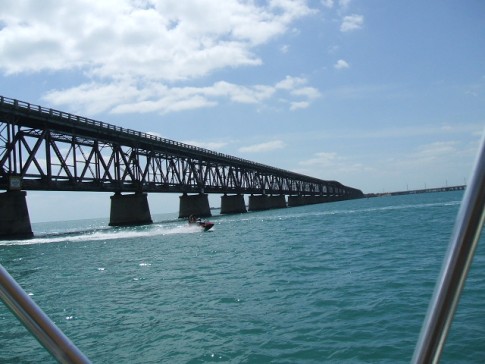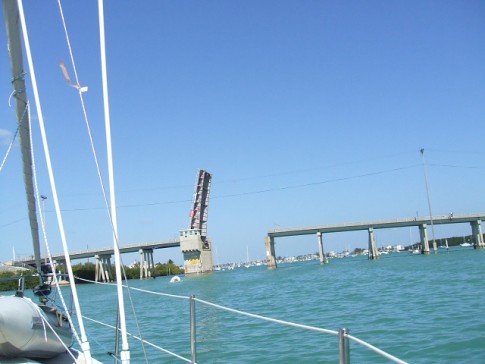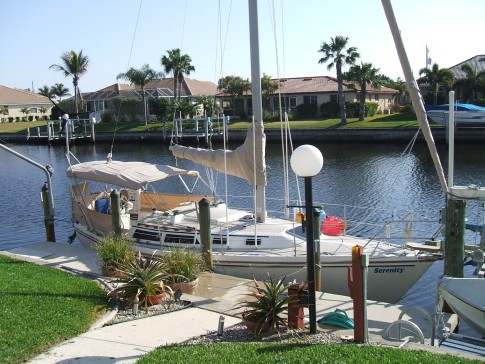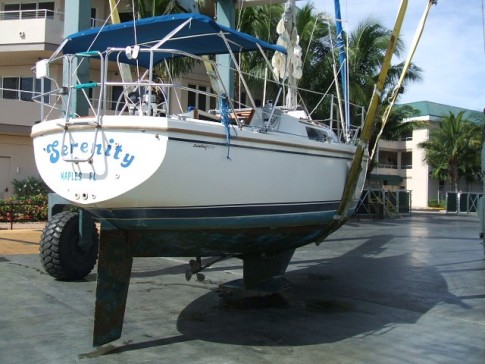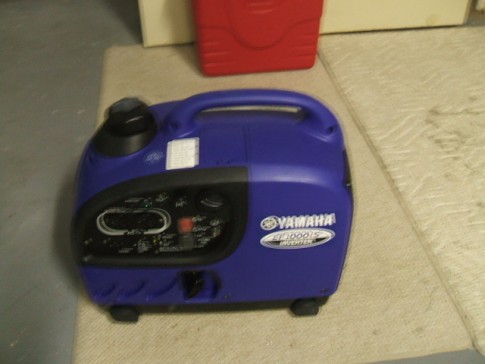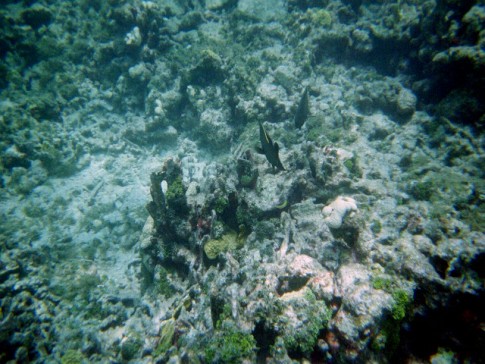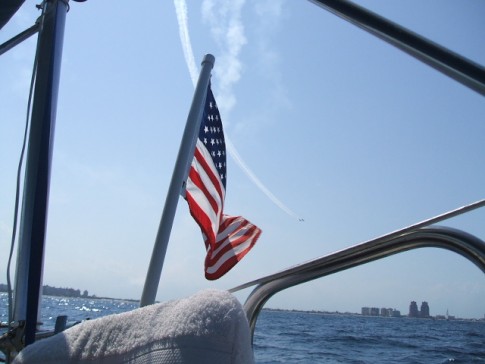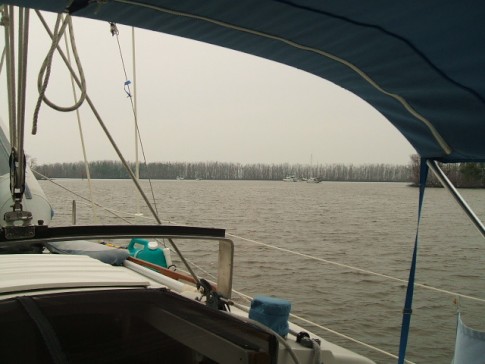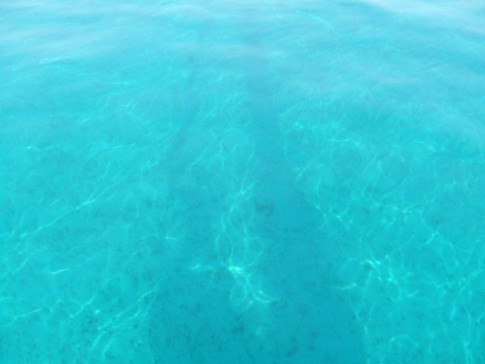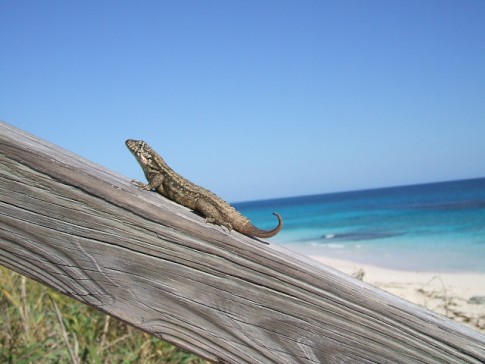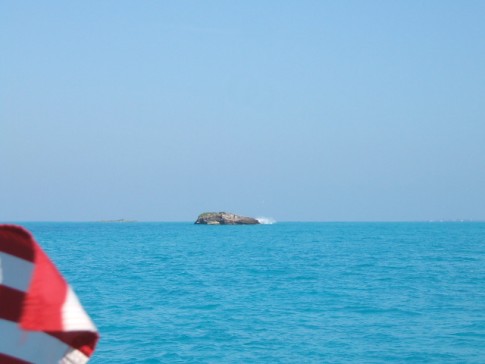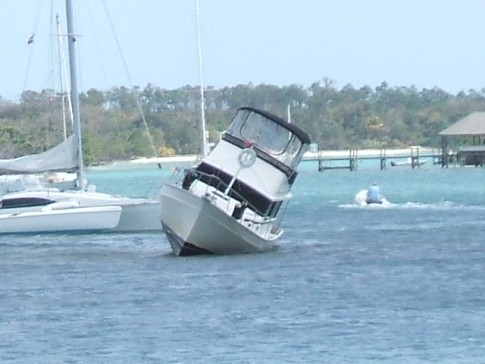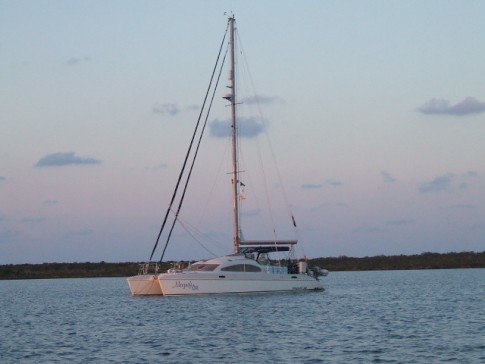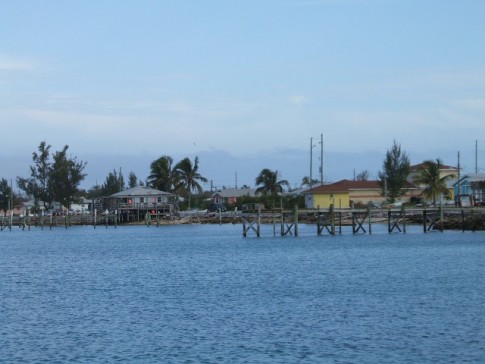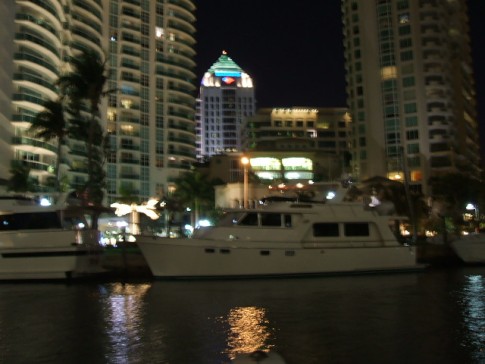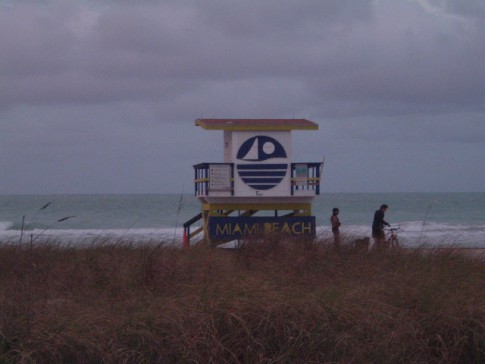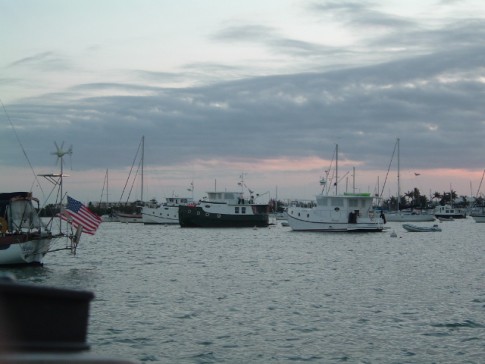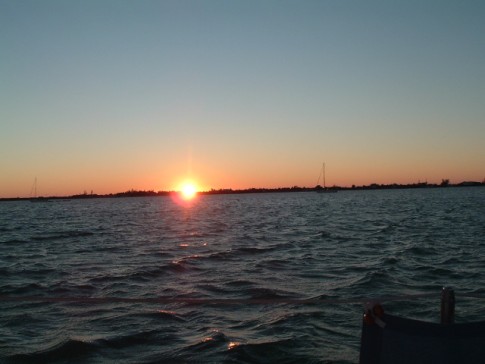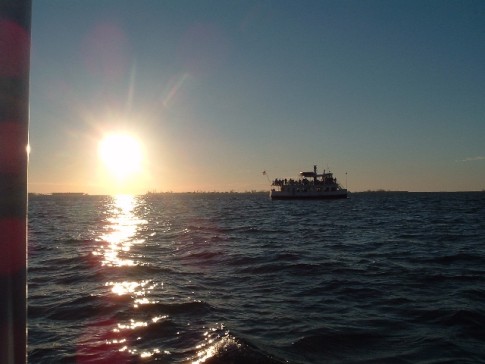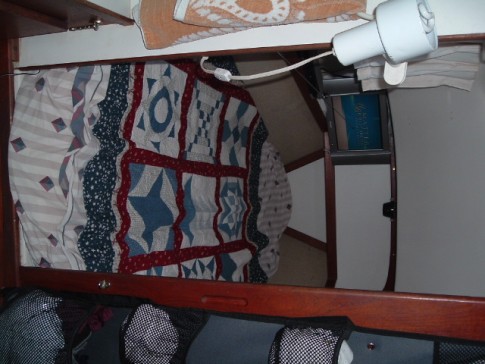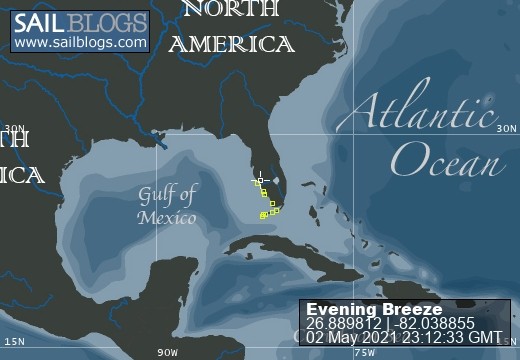
Evening Breeze in Paradise
The adventures of the Evening Breeze, a 1996 Catalina 28 and Capt. Warren Renninger as they wander around the Gulf Coast
02 May 2021 | Home Again
02 May 2021 | Charlotte Harbor, Useppa Island
30 April 2021 | Smokehouse Bay, Marco Island
30 April 2021 | Little Shark River
28 April 2021 | Boot Key Harbor, Marathon
27 April 2021 | Boot Key Harbor, Marathon
27 April 2021 | Boot Key Harbor, Marathon
27 April 2021 | Key West
27 April 2021 | Key West
23 April 2021 | Key West Bight Marina
22 April 2021 | Key West
21 April 2021 | Key West
20 April 2021 | Saddlebunch Harbor
19 April 2021 | Boot Key Harbor, Marathon
18 April 2021 | Long Key
18 April 2021 | Little Shark River
18 April 2021 | Pavillion Key
15 April 2021 | Naples City Mooring Field
14 April 2021 | Cayo Costa
27 March 2021 | Punta Gorda
Highlights and Lessons Learned
11 June 2014 | Home, Punta Gorda
Hot and clear
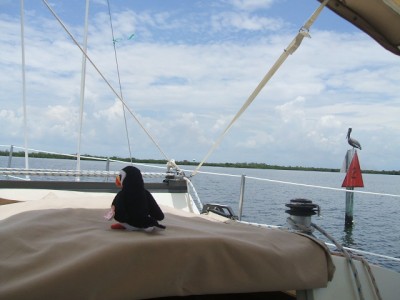
Sitting here listening to Michael McCloud (my favorite Key West entertainer) and trying to think of highlights of the trip.
The quick recap: 54 days to cover 1,241.5 miles using 99 gallons of diesel, 1/2 pint of engine oil, running the diesel for 232.5 hours. The two dinghy engines used 3 gallons of fuel between them.
I have to say that just being in the Abacos in a sailboat on those beautiful clear waters and bright sandy beaches is the whole reason for going. The places and the people are definitely worth the trip.
The Abacos were made much nicer by having met Terry, Jeanette, Skip, and Carol. Traveling together made everything much more comfortable. Thanks to all of them. Hope I was good company.
I sure missed having Karen with me and won't do that again especially if we could find another couple with a similar boat to have as company.
I must admit each time I head out into the Atlantic at 3:00 AM to do a crossing, I wonder if this is something a 68 year old should be doing alone. Maybe that is why I really have a knot in my stomach as I head off into the dark. It isn't until it gets light and the engine keeps humming that I start to relax.
As for Lessons Learned,
The solar panel helped and I only used the gasoline generator one time and I could have done without it. Of course having a back up power source is nice but probably not necessary. The wind generator is semi-useless as it only puts out good power when the wind is over 15 knots. Then it does OK; but, the slow and steady solar panel does better.
The autopilot is an absolute must. As you know, I replaced the unit that turns the steering wheel after the old one failed on day four while steering in rough seas. The replacement unit worked well. Good old "Otto" was at the helm 99 percent of the time. Thanks to my friends at West Marine for getting the replacement unit to me while I was traveling.
At one point I started calling Serenity a "Tall Trawler" because we spent so much time under power. If you have any plans or weather considerations, if you end up needing to get someplace by a given time, you just can't rely on the wind. Everyday I would hoist sails and try to turn the engine off. However, if it is noon and you have 15 miles to go, you turn the engine back on when your sailing speed drops to 3 knots. I hate to think about what it was like in the true sailing days.
For us cruisers who have a small freezer space aboard, I bought a "special" deal from Omaha Steaks. It was a package of 8 hamburgers, 4 steaks, four chicken breasts, and 4 stuffed potatoes. I got everything but 3 of the potatoes in my little freezer compartment. The portions are nicely sized and individually packaged which was really handy.
I like salads and the packages of 3 heads of romaine hold up very well in the refrigerator or just as is. Since I normally shop when were are at a marina, my trick is to dunk the romaine heads in a pail of water and a bit of bleach to kill anything on them. Then rinse and dry before putting them away. Then you don't need to be rinsing them before you use them and save water while underway.
I still can't say enough for my good old Garmin 182C chartplotter. It is so easy to use and keeps "Otto" heading in the right direction. Terry had an iPad with the Garmin Blue Chart software. It really looked good and had Active Captain which gives a lot of good local information. I have Coastal Explorer which is a great program for my laptop and has Active Captain, but you have to go below to use it since the laptop is not readable in the sunlight.
Active Captain is a free program and one of the best things for cruisers because it is updated continually by cruisers. It gives great information on anchorages and services. When integrated with your navigation program it is even better. Thank you Active Captain supporters.
Anchoring can be a trick at times. I find that my 25 lb. Manson Supreme is a great anchor is most conditions. I had problems a few times anchoring in thick sea grass. The anchor would get a divot of grass under the shank and then just skim over the grass instead of digging in. I found the trick was to drop the anchor and feed the chain and rode out with little tension on it until you had scope of 4-6 times the depth. Then let the anchor dig in slowly. Wait to back down on it until it has had a good chance to dig in slowly. This seemed to work every time.
I also use a kellet on the anchor line. This is a 15 lb. weight from a weight lifting set. I clip it on the anchor line and let it slide down the line about 15 feet with a messenger line. The kellet keeps the anchor rode below the keel should the currents reverse. It also lowers the pull angle on the anchor while also providing some shock protection.
And finally I have to thank my lovely wife Karen for letting me go play for 2 months. Wish she had joined me; but, she has other travel plans for this summer when she and her mom go to Greece.
Will I do this again? I don't know, but if you have a boat and want to head to the Bahamas next spring, you have a wing man.
The quick recap: 54 days to cover 1,241.5 miles using 99 gallons of diesel, 1/2 pint of engine oil, running the diesel for 232.5 hours. The two dinghy engines used 3 gallons of fuel between them.
I have to say that just being in the Abacos in a sailboat on those beautiful clear waters and bright sandy beaches is the whole reason for going. The places and the people are definitely worth the trip.
The Abacos were made much nicer by having met Terry, Jeanette, Skip, and Carol. Traveling together made everything much more comfortable. Thanks to all of them. Hope I was good company.
I sure missed having Karen with me and won't do that again especially if we could find another couple with a similar boat to have as company.
I must admit each time I head out into the Atlantic at 3:00 AM to do a crossing, I wonder if this is something a 68 year old should be doing alone. Maybe that is why I really have a knot in my stomach as I head off into the dark. It isn't until it gets light and the engine keeps humming that I start to relax.
As for Lessons Learned,
The solar panel helped and I only used the gasoline generator one time and I could have done without it. Of course having a back up power source is nice but probably not necessary. The wind generator is semi-useless as it only puts out good power when the wind is over 15 knots. Then it does OK; but, the slow and steady solar panel does better.
The autopilot is an absolute must. As you know, I replaced the unit that turns the steering wheel after the old one failed on day four while steering in rough seas. The replacement unit worked well. Good old "Otto" was at the helm 99 percent of the time. Thanks to my friends at West Marine for getting the replacement unit to me while I was traveling.
At one point I started calling Serenity a "Tall Trawler" because we spent so much time under power. If you have any plans or weather considerations, if you end up needing to get someplace by a given time, you just can't rely on the wind. Everyday I would hoist sails and try to turn the engine off. However, if it is noon and you have 15 miles to go, you turn the engine back on when your sailing speed drops to 3 knots. I hate to think about what it was like in the true sailing days.
For us cruisers who have a small freezer space aboard, I bought a "special" deal from Omaha Steaks. It was a package of 8 hamburgers, 4 steaks, four chicken breasts, and 4 stuffed potatoes. I got everything but 3 of the potatoes in my little freezer compartment. The portions are nicely sized and individually packaged which was really handy.
I like salads and the packages of 3 heads of romaine hold up very well in the refrigerator or just as is. Since I normally shop when were are at a marina, my trick is to dunk the romaine heads in a pail of water and a bit of bleach to kill anything on them. Then rinse and dry before putting them away. Then you don't need to be rinsing them before you use them and save water while underway.
I still can't say enough for my good old Garmin 182C chartplotter. It is so easy to use and keeps "Otto" heading in the right direction. Terry had an iPad with the Garmin Blue Chart software. It really looked good and had Active Captain which gives a lot of good local information. I have Coastal Explorer which is a great program for my laptop and has Active Captain, but you have to go below to use it since the laptop is not readable in the sunlight.
Active Captain is a free program and one of the best things for cruisers because it is updated continually by cruisers. It gives great information on anchorages and services. When integrated with your navigation program it is even better. Thank you Active Captain supporters.
Anchoring can be a trick at times. I find that my 25 lb. Manson Supreme is a great anchor is most conditions. I had problems a few times anchoring in thick sea grass. The anchor would get a divot of grass under the shank and then just skim over the grass instead of digging in. I found the trick was to drop the anchor and feed the chain and rode out with little tension on it until you had scope of 4-6 times the depth. Then let the anchor dig in slowly. Wait to back down on it until it has had a good chance to dig in slowly. This seemed to work every time.
I also use a kellet on the anchor line. This is a 15 lb. weight from a weight lifting set. I clip it on the anchor line and let it slide down the line about 15 feet with a messenger line. The kellet keeps the anchor rode below the keel should the currents reverse. It also lowers the pull angle on the anchor while also providing some shock protection.
And finally I have to thank my lovely wife Karen for letting me go play for 2 months. Wish she had joined me; but, she has other travel plans for this summer when she and her mom go to Greece.
Will I do this again? I don't know, but if you have a boat and want to head to the Bahamas next spring, you have a wing man.
Comments
| Vessel Name: | Evening Breeze |
| Vessel Make/Model: | 1996 Catalina 28 MK II |
| Hailing Port: | Punta Gorda, Florida |
| Crew: | Warren & Karen Renninger |
| About: | Warren - 26 years Air Force, 13 insurance, 11 West Marine Karen - 30 years Mary Kay, artist, quilter |
| Extra: | |
| Home Page: | http://www.sailblogs.com/member/EveningBreeze |
Evening Breeze's Photos - Puff in Paradise (Main)
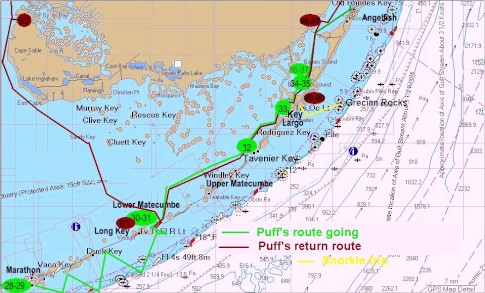 |
Our current location should be on the first photo. The rest should give an idea of how we got here.
11 Photos
Created 15 May 2007
|
Evening Breeze
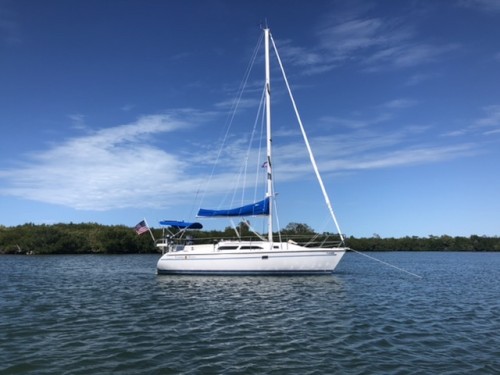
Who: Warren & Karen Renninger
Port: Punta Gorda, Florida
Favorites
WHERE AM I?
Go to the Current Position above to see the latest locations via Google Earth
